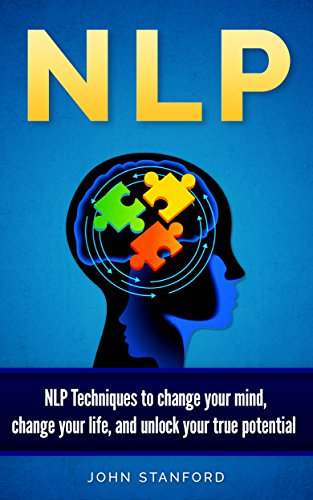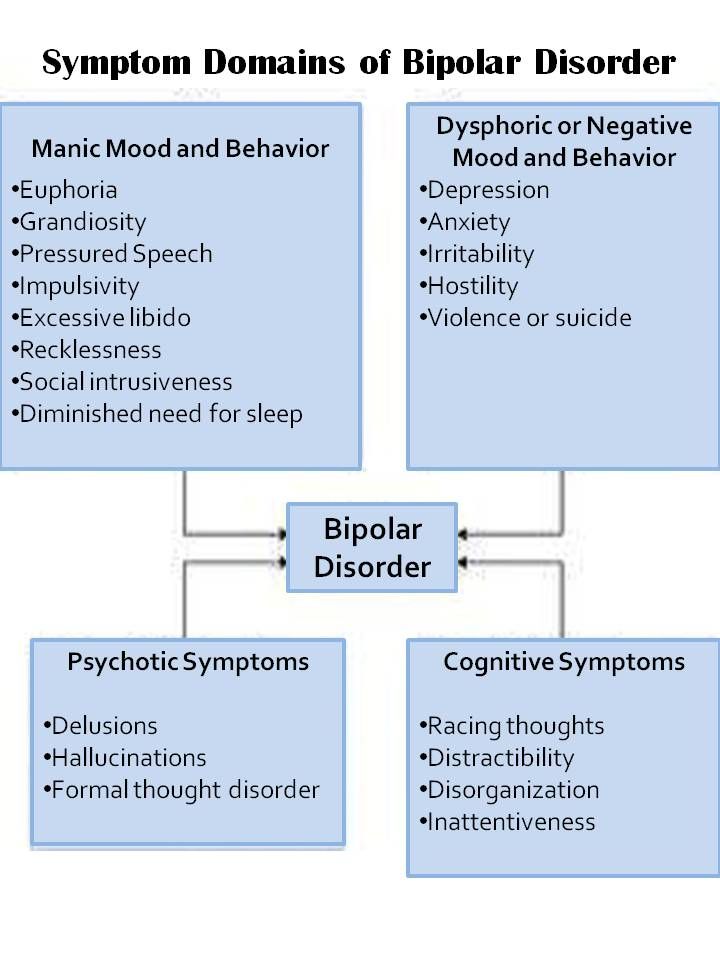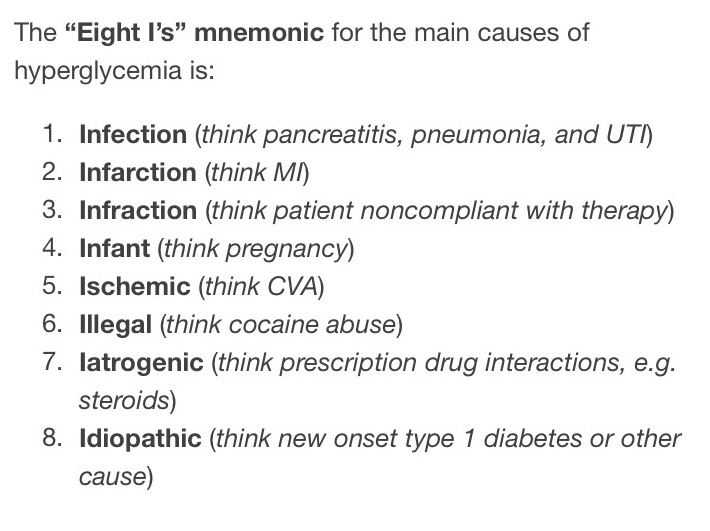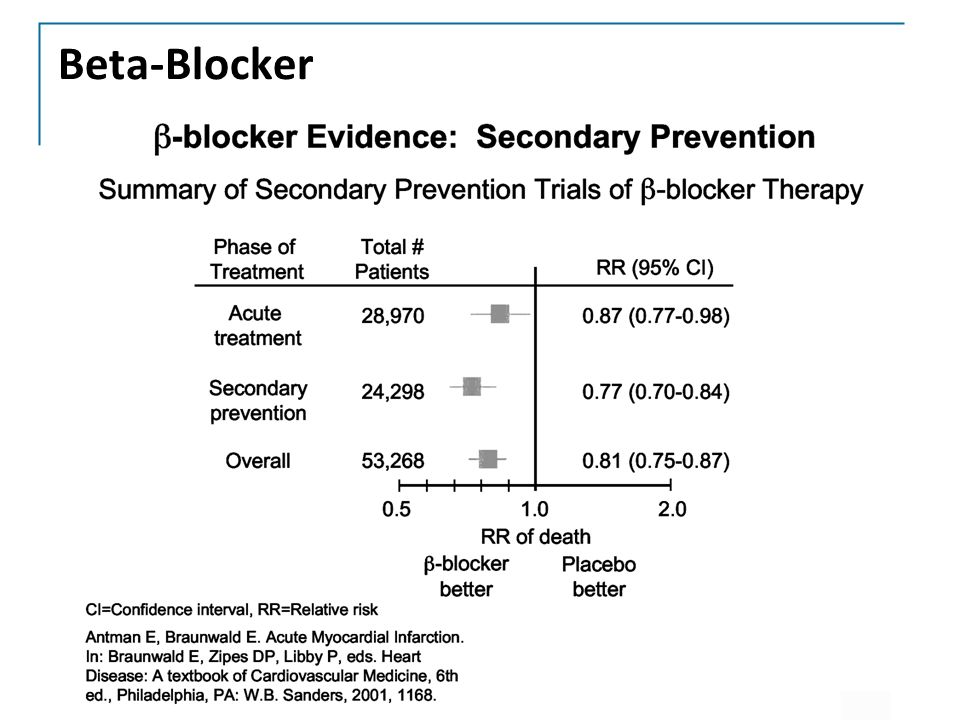Neuro linguistic programing techniques
Neurolinguistic Programming: Basics of NLP
If you’re interested in communication tools and personal development, you may want to learn more about NLP.
What if someone told you there’s a way you can achieve your personal and professional goals by commanding your use of language?
Some believe that neurolinguistic programming (NLP) techniques do exactly that.
Neurolinguistic programming is an approach that focuses on how you communicate with yourself and others, and how this affects your behaviors and behavior outcomes.
Richard Bandler and John Grinder developed NLP in the 1970s after observing that one of the main differences between what they called “successful people” and others was the way they used language to encourage themselves and everyone else.
“NLP is a model that helps you influence thoughts, feelings, and behaviors in yourself and others,” says Elena Mosaner, a Master NLP practitioner, ICF coach, and CEO and founder of AlphaMind in La Jolla, California. “It’s both a mental art and practice.”
This empowering use of language is supposed to help you change unwanted habits and limiting beliefs, improve relationships, and meet goals easily.
NLP is also based on the belief that you can model other people’s behaviors and, therefore, their outcomes.
In other words, you can observe someone you admire and then imitate and internalize their behaviors to repeat their success.
Bandler and Grinder eventually published a series of NLP communication manuals called “The Structure of Magic,”which gained massive popularity.
Science or pseudoscience?
Some people regard NLP as pseudoscience because there’s limited to no empirical evidence demonstrating it works as it’s promoted to.
In other words, NLP isn’t fully scientifically proven, and research on its effectiveness is limited. However, there’s plenty of anecdotal information from practitioners and coaches pointing to its benefits for many people.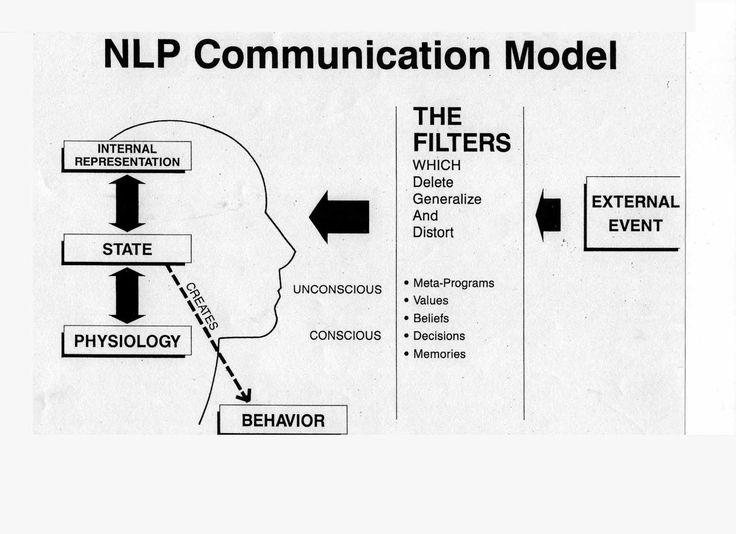
Neurolinguistic programming techniques are said to improve your confidence, self-awareness, communication skills, and how you perceive the world.
According to Mosaner, NLP can be used to:
- program the mind for better habits
- help shift perceptions
- change behaviors
- heal wounds or traumas
- improve communication and influence
- become aware of and better manage internal processes (e.g. voices, stories, visuals)
- decrease distress instead of reacting from a fear based fight-or-flight response
A 2014 research review indicated that NLP has sometimes been used as a therapeutic tool for mental health conditions like phobias, fears, anxiety, and depression. Still, research that proves its effectiveness is limited, despite what Mosaner says below.
“It can certainly address anxiety, specific fears, allergies, emotional blocks, being stuck in life, relationship, and communication problems,” says Mosaner, who adds she has personally helped her clients work on these challenges through NLP techniques.
Rapport building
Rapport building techniques can help you connect with people more naturally. They’re mainly based on the importance of synchronizing your communication style with the other person’s in order to develop trust.
A 2006 study suggested that using rapport building NLP techniques created more trust in conversations than not using them.
“You can use NLP rapport building to help negotiate conflicting views to find a middle ground and mitigate conflict,” says Mosaner.
The key elements of this NPL technique include:
- pacing and adapting to someone’s expressions
- leading and persuading
- backtracking
- bottom lining or making clear where you stand
- actively listening
- staying nonjudgmental
Meta model
The meta model in NLP refers to asking questions about your common beliefs and how you see reality.
The NPL technique is based on the assumption that almost everyone uses cognitive distortions, that is, “thought filters” that make you see other people, yourself, and events in a more negative way than they really are.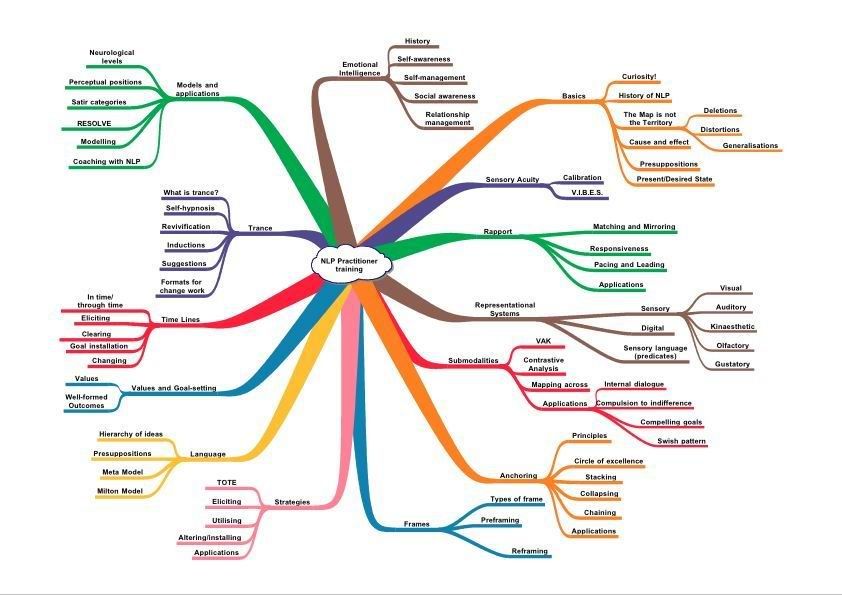
In general, you react to these thoughts more often than to reality. And you reinforce them with your language.
The meta model would consist of questions you ask yourself or others to contrast what’s being said or thought with evidence.
For example, if you become irritated during a conversation with your partner because you feel they always interrupt you, ask yourself how many times they have really done so during this exchange. Then, you can react to the evidence instead of to your assumption.
Modeling
According to Mosaner, modeling is a process of recreating someone’s way of being to enrich your own model of the world.
“You can model someone else’s excellence, behavior, mindset, and belief system. It’s kind of like imitating someone. You get to magically channel their characteristics and understand how they think and behave,” she explains.
Mirroring
This communication method emphasizes the importance of both verbal and nonverbal cues.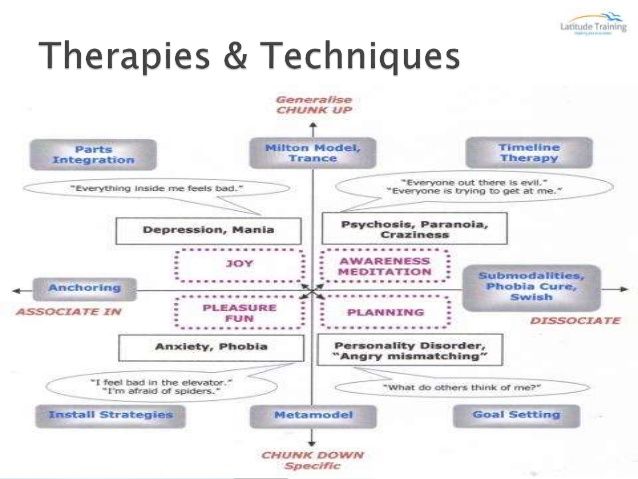
Mirroring or matching someone’s energy (or sometimes, posture) can help you appear more likable or trustworthy at the unconscious level.
Meta position
“This exercise helps you speak of your actions, beliefs, and behavior in third person and become less emotional and less attached to your position about something specific,” says Mosaner.
By consciously and safely dissociating using the meta (or “beyond self”) position, she notes that you can gain more insight and a better approach toward a situation.
Six-step reframing
“Six-step reframing is a powerful process that helps you see, recognize, give voice [to], and ultimately negotiate between your inner conflicting parts,” says Mosaner.
Reframing refers to reassessing your beliefs and thoughts, so you can look at them from different angles.
She says reframing is a great tool to establish a better connection within yourself and a more rational approach to something happening in your life.
“NLP is a great way to learn better communication and, in my opinion, it can teach you to think in multiple perspectives,” says Mosaner.
She notes that developing these skills allows you to see and understand other people’s perspectives more easily. “This especially helps when there’s a clash in views and a rising conflict between persons or groups of people.”
A 2015 research review showed that using some of the tools of NLP within a combined therapeutic approach can be useful in some instances.
For example, a 2010 research review indicated that NLP techniques could help in the treatment of phobias in a short period of time.
NLP is also used in other aspects, both personal and professional, including:
- business
- education
- law
- medicine
- relationships
Practitioners believe NLP helps you put yourself in control of your experiences, rather than perceiving them as things that happen to you. In this way, you could create your own reality.
Neuroplasticity vs. NLP
Neuroplasticity refers to the brain’s ability to change and adapt. In this sense, neural pathways can still develop and disconnect throughout our lives. Your actions and experiences influence these brain changes, especially the learning of something new.
The practice of neurolinguistic programming can potentially lead to new neural connections as you learn and implement new habits and skills. However, this is theoretically true for any new thing you learn in life, not a quality of NLP per se.
Despite its popularity since the 1970s, there’s little scientific evidence to back up the practice of NLP.
There’s also limited research to support NLP as an effective therapy for mental health conditions. Anecdotal evidence from practitioners, though, suggests that the techniques can be helpful for some people.
It’s also important to note that NLP is not a type of therapy. Some of its techniques could be used in therapy alongside a trained practitioner, though.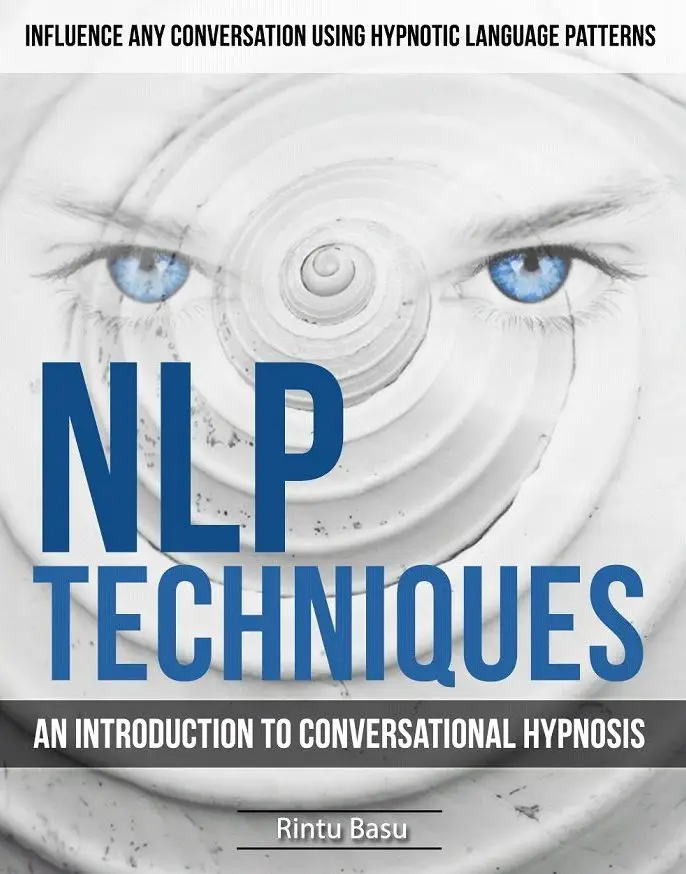
There’s also criticism that the techniques are few in number, which limits its range of use.
You can practice NLP with a certified practitioner. They’ll be able to guide you according to the goals you’d like to accomplish.
You could also use some of the NLP techniques in your everyday life for personal and professional purposes.
Affirmations
Affirmations, mantras, or incantations may serve as positive goal statements that, in time, can improve your perception of reality.
Some examples include:
- “My body is strong and capable of healing.”
- “I have all of the skills I need to meet my goals.”
- “I am safe.”
- “I love and accept myself unconditionally.”
Regularly repeating phrases like these can help to train your mind to believe them at conscious and unconscious levels.
You can write them down on sticky notes and place them throughout your home where you’ll see them. You can also repeat them out loud when you look in the mirror.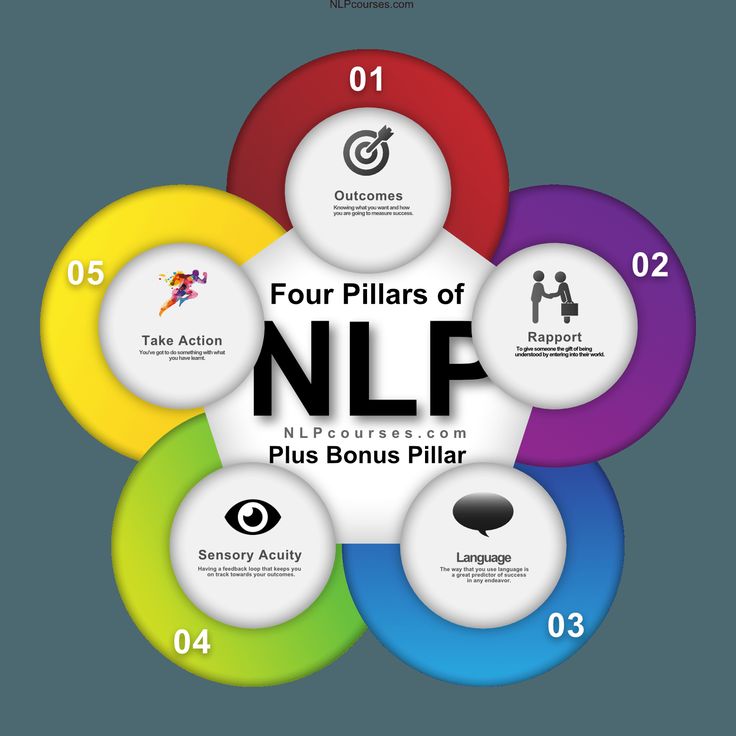
They won’t work immediately. So, consider being patient and persistent with affirmation practices.
Mirroring
The next time you have a conversation with someone, try subtly emulating their behaviors, posture, tone of voice, or using the same words they say.
For example, if the person you’re talking with appears calm, you’d assume a calm demeanor as well. If their body language is relaxed (e.g. arms aren’t crossed and they’re directly facing you), you’d do the same.
This can help you build rapport and may decrease the chance of friction during the conversation.
Modeling
“Let’s say someone wants to understand the magic of being Oprah, Barack Obama, or someone else they know, admire, or look up to,” says Mosaner. “Your task is to imagine you are them, fully embody their presence, then ask yourself a set of questions.”
“For example, as I embody Kamala Harris, I ask myself ‘what are my skills and capabilities?’ I will go in depth in describing them and so on.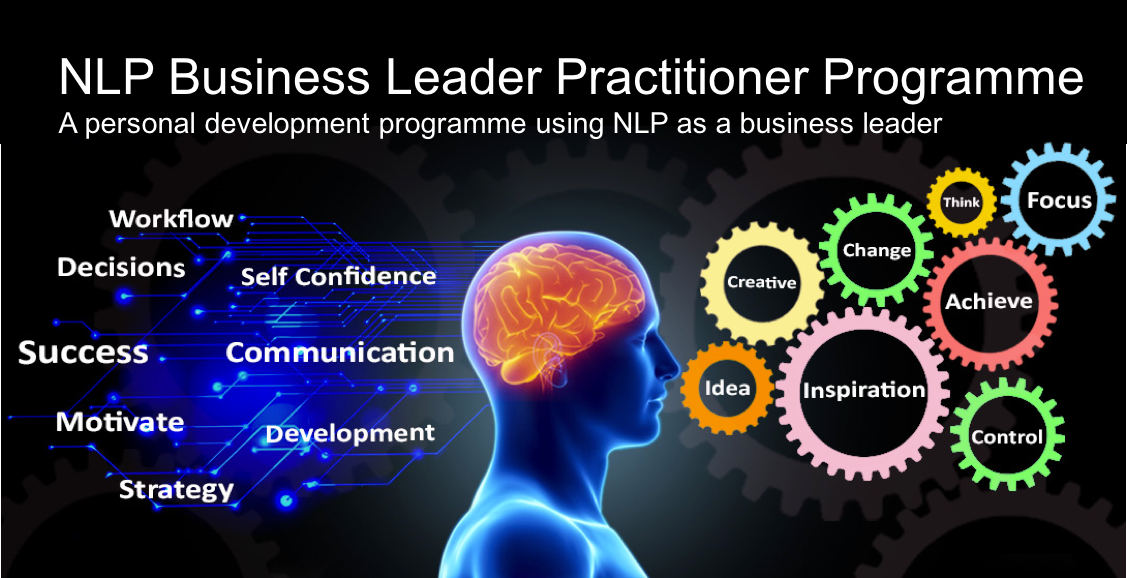 ”
”
As you speak about their core beliefs, values, and capabilities in your own voice, Mosaner says you might begin to “install” a new set of beliefs and values.
Other ways to practice NLP include:
- visualization or imagery training
- NLP swish or assuming a new self-image to replace those habits we want to leave behind
- anchoring or pairing a physical sensation with a feeling, so next time you can recreate that feeling by repeating the physical sensation
Neurolinguistic Programming, or NLP, is a set of specific processes and techniques said to help you improve the way you communicate with yourself and others, and how this impacts your personal development.
Some anecdotal benefits of NLP include positively shifting your perceptions, improving communication skills, becoming more aware of your internal processes, and establishing new habits.
Common techniques of NLP include rapport building, modeling, mirroring, and reframing.
If you’d like to learn more about NLP training or work with a trained coach, consider visiting these resources:
- NLP training
- The Association for NLP’s International Member Directory
- Worldwide Institutes of Neurolinguistic Programming’s Coach Finder
5 most effective NLP (neuro linguistic programming) techniques
Ready to take the initiative & join our newsletter?
Sign Up Now
Leadership & Impact
How you can transform your life with these 5 powerful methods Posted by:
Tony Robbins Why do so many athletes use visualization techniques? Why are affirmations and incantations so popular with the health and wellness movement? Why do the most successful entrepreneurs always seem to know something others don’t? It’s not just their confidence.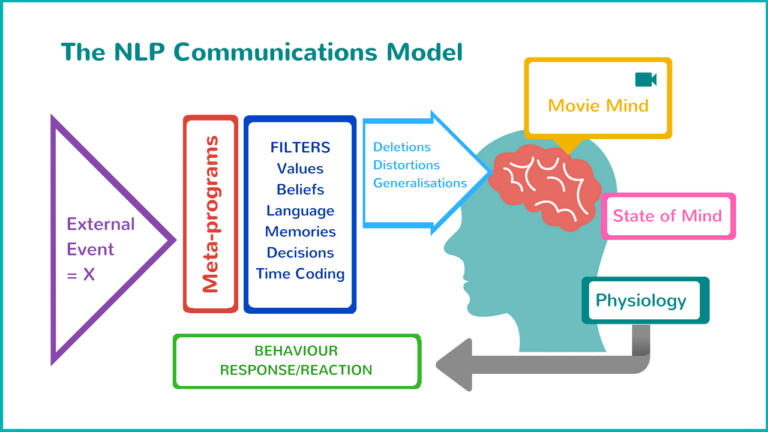 The answer could be something you may not have heard of: neuro-linguistic programming techniques.
The answer could be something you may not have heard of: neuro-linguistic programming techniques.
The difference between those who are successful and those who aren’t is that successful people are willing to do things that unsuccessful people brush off. NLP techniques are one of these things. They’re a powerful way to change your mindset and your life, and you can start using them today.
What is neuro-linguistic programming?
Neuro-linguistic programming studies the ways our thoughts affect our behavior. It looks at the ways our brains interpret the signals they receive and how these interpretations affect what we do. It does this through language – the linguistic part of neuro-linguistic programming techniques. By examining how our brains process information, NLP techniques help us to look at our thoughts, feelings and emotions as things that we can control, rather than things that passively happen to us.
NLP at its core sums up one of Tony’s most powerful beliefs: We can change the way we think, feel and behave by changing our focus – because where focus goes, energy flows.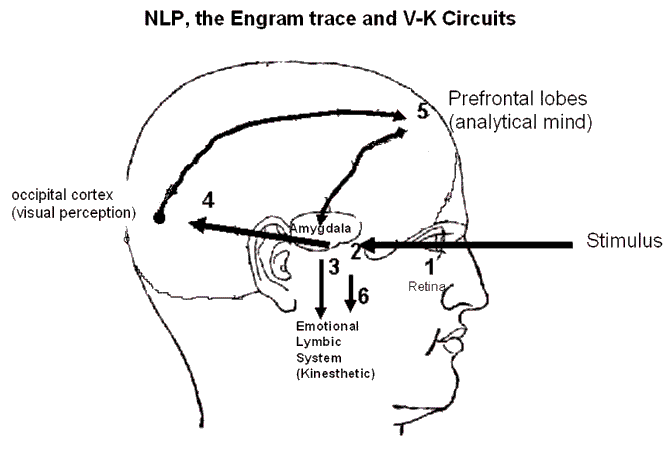 While NLP was created by Richard Bandler and John Grinder in the 1970s, it has been expanded upon by numerous researchers, authors and Tony himself. Tony has adapted many NLP training techniques into his system, neuro-associative conditioning.
While NLP was created by Richard Bandler and John Grinder in the 1970s, it has been expanded upon by numerous researchers, authors and Tony himself. Tony has adapted many NLP training techniques into his system, neuro-associative conditioning.
Because NLP techniques focus on making behavioral changes, they can be used for a variety of different goals. Mental health professionals use NLP by itself or with other types of therapy, like talk therapy or psychoanalysis, to help treat depression and anxiety. It can be used to treat phobias in particular, as well as other expressions of anxiety such as panic attacks. The therapist will work to reveal the person’s “map,” the unproductive patterns that make us feel stuck, and then write a new map that replaces those with empowering habits and effective strategies.
Neuro-linguistic programming can also benefit those who do not have a serious mental health issue, but are interested in personal growth – a powerful human need that can bring fulfillment to our lives.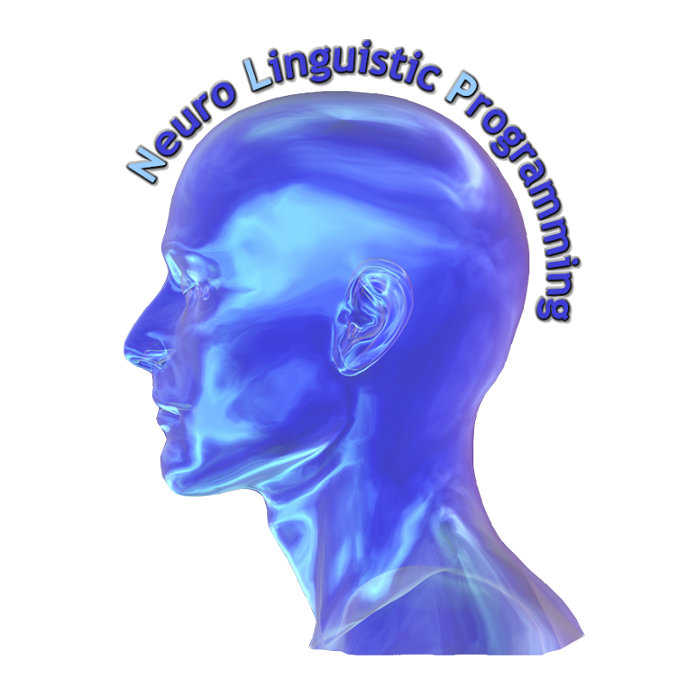 NLP techniques are particularly useful for building skills like public speaking, sales and negotiation, team building and leadership.
NLP techniques are particularly useful for building skills like public speaking, sales and negotiation, team building and leadership.
Its action-oriented nature and focus on growth mean that neuro-linguistic programming and coaching go hand in hand. Many coaches use NLP techniques to help their clients reprogram their brains and achieve their goals.
Top 5 NLP techniques
NLP techniques are action-oriented. Rather than focusing on the why, as you might do in therapy, NLP focuses on the how. How can you react differently to your thoughts and emotions? How can you adapt your communication style to the situation? How can you change your mindset so that life is happening for you, not to you?
1. Imagery training
Imagery training, sometimes called mental rehearsal, is one of the classic neuro-linguistic programming techniques based on visualization. It’s an excellent exercise for beginners because it’s straightforward and linear.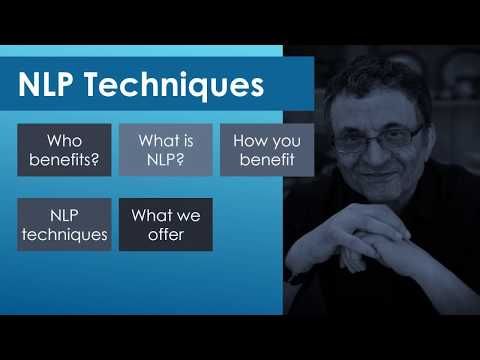 The key is to create a highly detailed scene of yourself performing an action successfully – whether that action is nailing a presentation or perfecting your golf putt. Picture your body language: confident, determined, comfortable. Feel the confidence you exude and the energy that’s around you. Be as detailed as possible. NLP techniques like this are essential for creating absolute certainty in yourself and your abilities.
The key is to create a highly detailed scene of yourself performing an action successfully – whether that action is nailing a presentation or perfecting your golf putt. Picture your body language: confident, determined, comfortable. Feel the confidence you exude and the energy that’s around you. Be as detailed as possible. NLP techniques like this are essential for creating absolute certainty in yourself and your abilities.
2. NLP swish
When you’re ready for more advanced NLP techniques, use the NLP swish. First, create a vivid picture in your mind of something you don’t want. Make it big and bright. Then create a vivid picture of what you want to replace it with, making it small and dull. Now reverse them: Bring the image of what you want into the foreground, making it brighter and brighter. Add triumphant music and motion. Throw the image you don’t want into the background, turning it gray and colorless. Repeat this reversal three to five times. You’ll train your brain to amplify positives and weaken negatives.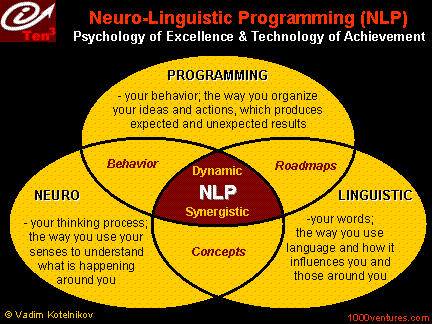
3. Modeling
Modeling is one of the NLP training techniques that has gained the most attention from successful entrepreneurs, athletes and more. It’s based on the law of attraction – the idea that, as Tony says, “Whatever you consistently think about and focus upon you move toward.” In order to elevate your life, you need to surround yourself with people who have achieved the success you want and focus on modeling their behaviors. You can find a mentor, join a mastermind group or model your boss or an executive you admire. The more role models you have, the more you’ll be able to leverage this NLP technique.
4. Mirroring
According to the 7-38-55 Rule, just 7% of your message is communicated through words. Your tone of voice contributes 38%, but your body language communicates 55% of your message. Mirroring is an NLP technique that leverages body language to make instant connections and build rapport with anyone. When you’re talking to someone, mirror your body language to theirs.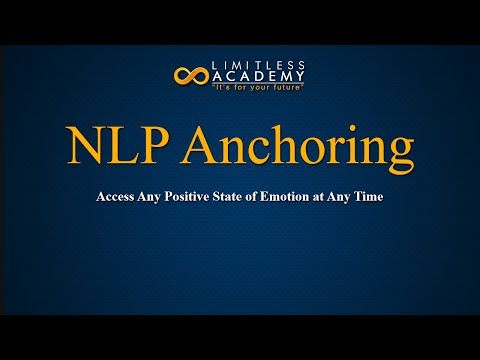 If they are high energy, match that energy level. If their body language is relaxed, reflect that. You can even change the words you choose to use to match their vocabulary. The other person will automatically find you more trustworthy – because you are just like them.
If they are high energy, match that energy level. If their body language is relaxed, reflect that. You can even change the words you choose to use to match their vocabulary. The other person will automatically find you more trustworthy – because you are just like them.
5. Incantations
Incantations are a more powerful version of affirmations, which are one of the more mainstream neuro-linguistic programming techniques. An affirmation is a phrase you repeat to yourself about your beliefs and goals. Incantations take it a step further, changing your physiology as well as your words to create a state of total confidence. Get yourself into peak state by embodying what you’re saying with all the intensity you can. Tony began using incantations when he was 17 – and he still uses them backstage today. NLP techniques like incantations are an effective way to reprogram your mind and create empowering beliefs.
These are just a few of the techniques that might be used in a neuro-linguistic programming and coaching session.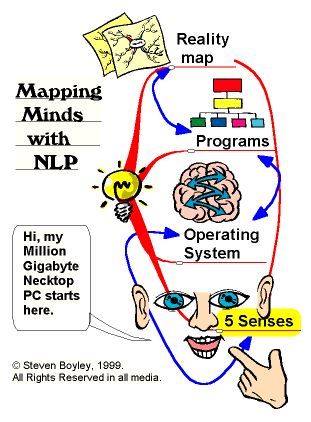 Neuro-linguistic programming also starts with a set of presuppositions that complement results coaching, particularly the belief that the meaning we assign to our experiences is everything. It takes the approach that “failure is feedback” and if we find the lesson and get back up, failure is worth it. Most of all, neuro-linguistic programming believes in a growth mindset – that, as Tony says, “We can change our lives. We can do, have, and be exactly what we wish.”
Neuro-linguistic programming also starts with a set of presuppositions that complement results coaching, particularly the belief that the meaning we assign to our experiences is everything. It takes the approach that “failure is feedback” and if we find the lesson and get back up, failure is worth it. Most of all, neuro-linguistic programming believes in a growth mindset – that, as Tony says, “We can change our lives. We can do, have, and be exactly what we wish.”
So what is neuro-linguistic programming? It’s a behavioral method that uses the power of reframing to help people overcome their limiting beliefs. A Results Coach can help you get started with these techniques and create a breakthrough in your own life.
Tony Robbins
Tony Robbins is an entrepreneur, bestselling author, philanthropist and the nation’s #1 Life and Business Strategist. Author of five internationally bestselling books, including the recent New York Times #1 best-seller UNSHAKEABLE, Mr.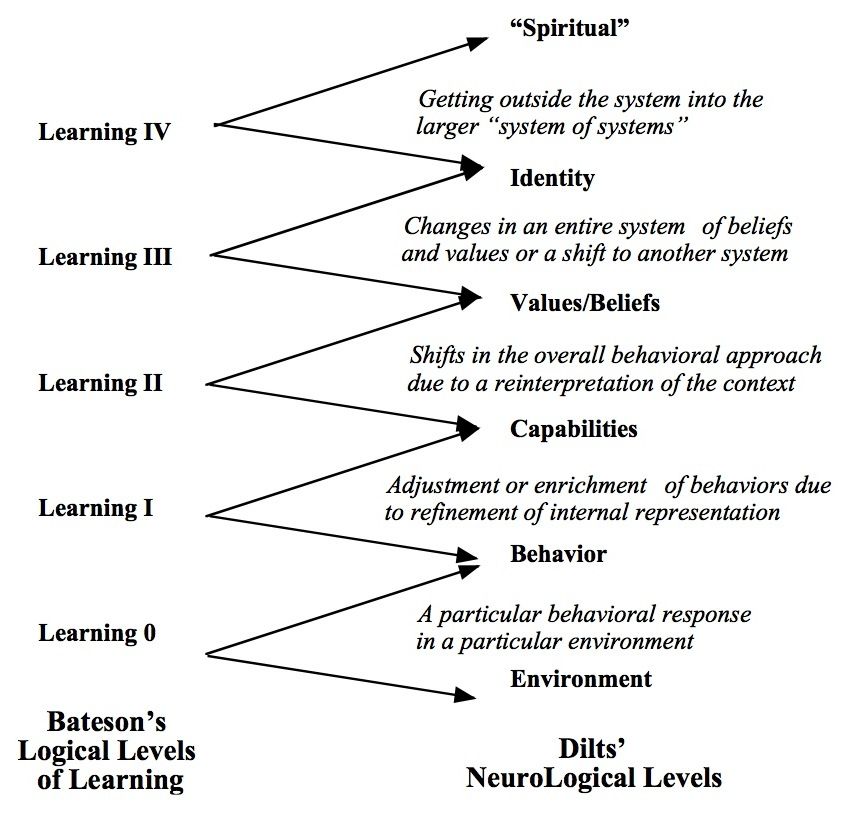 Robbins has empowered more than 50 million people from 100 countries through his audio, video and life training programs. He created the #1 personal and professional development program of all time, and more than 4 million people have attended his live seminars.
Robbins has empowered more than 50 million people from 100 countries through his audio, video and life training programs. He created the #1 personal and professional development program of all time, and more than 4 million people have attended his live seminars.
featured collections
related posts
close
Join Our Newsletter!
By entering your information on the Tony Robbins website, you agree that we may collect and use your personal information for marketing, and for other purposes, as set forth in our Privacy Policy, which we encourage you to review.
This website uses cookies to personalize your experience and target advertising.. By continuing to use our website, you accept the terms of our updated policies
NLP methods of influencing a person
Content:
-
• What is Neuro Linguistic Programming
-
• How to learn it
-
• NLP techniques at work
-
• NLP methods of influencing clients
-
• Techniques for women
-
• Speech strategies when communicating with adolescents
NLP methods of influence in communication
Do you want to connect with the subconscious mind, change ineffective beliefs, model relationships and successful skills? Using NLP methods of influencing a person, you can change your thinking, manipulate the minds of other people and maintain mental freedom.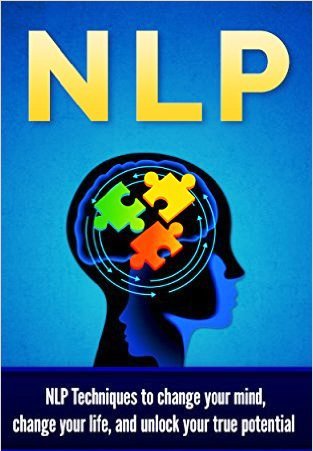
What is Neuro Linguistic Programming
The mechanisms of influence are based on linguistic forms, psychotechnics, hypnosis, effectively influencing people's behavior. Initially, the method was created to form the principles of environmentally friendly thinking. NLP techniques in communication were immediately adopted by marketers, managers, journalists, and are successfully used in communication areas. Processing the consciousness of the marginal strata of society is found everywhere.
For example, the ratings of presidential candidates. Numbers have nothing to do with sociology. High percentages are needed to manipulate the opinions of voters, to force them to join the majority in elections. Secret techniques are used in trading. TV shows with ad blocks have a hypnotic effect on people. The disease of forced purchases in the world has taken on the character of an epidemic. Many people spend monthly family budgets on unnecessary trifles.
How does the method work?
Mechanics influence the rational mind and thinking.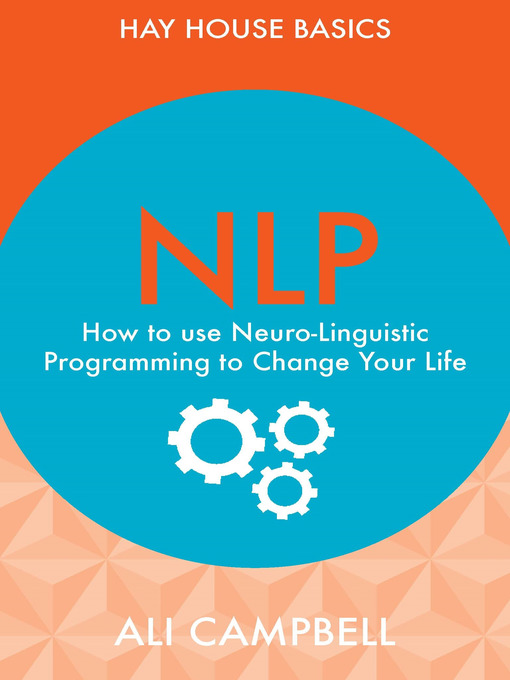 The colorful presentation of the material creates imprints in the mind. The assimilation of information occurs in 3 stages:
The colorful presentation of the material creates imprints in the mind. The assimilation of information occurs in 3 stages:
-
• obtaining new input data;
-
• processing and creation of a neural network;
-
• storage in long-term memory.
Words, external and internal settings turn imprints into operational commands that encourage action. When the brain is involved in the process and gives convincing arguments, a person immediately makes the right decision.
How to learn it
Basic NLP methods of influencing men and women are collected in manuals. Collections of applied psychotechniques teach you how to attract the right people and situations. On the Internet resources and in offline stores you can find literature for beginners Danny Reid. The author of "Secret Techniques" reveals the intricacies of simple techniques for correcting the behavior of loved ones. Among the best, beginners note "Basic Press Positions" by Anvar Bakirov, textbooks by B. Bodenhamer B., Hall. The best books on NLP effects:
Bodenhamer B., Hall. The best books on NLP effects:
For programming yourself and others, theory is not enough. The modeling technique is fixed in practice by multiple repetitions. Training centers offer to take courses and get qualified as a practitioner, master, trainer. Technology teaches :
-
• understand the principles of thinking;
-
• improve interpersonal communications;
-
• solve problems successfully;
-
• to get rid of fears, phobias, psychotraumas;
-
• maintain high performance
NLP techniques at work
Before practicing the method on your own, you need to master the basic psychotechnologies. They are reminiscent of an illusionist's act, when the surroundings absorb attention and make it difficult to see the trick technique.
Verbal communication
The key point in communicating with a person is trusting communication.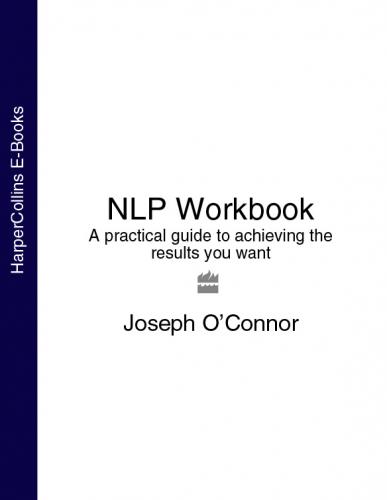 For the location of the interlocutor, a metamodel is used. Clarifying questions help to collect the necessary information, to determine the linguistic patterns of understanding the world. The described NLP methods of influencing a person in the book "The Structure of Magic" are based on the work of Michael Hall. The authors R. Bandler and J. Grinder proposed an adapted model of surface and deep structures. It restores mental files with lost information, helps to express experience through omission, distortion, generalization of experience.
For the location of the interlocutor, a metamodel is used. Clarifying questions help to collect the necessary information, to determine the linguistic patterns of understanding the world. The described NLP methods of influencing a person in the book "The Structure of Magic" are based on the work of Michael Hall. The authors R. Bandler and J. Grinder proposed an adapted model of surface and deep structures. It restores mental files with lost information, helps to express experience through omission, distortion, generalization of experience.
Representation
For approval at a subtle level, it is important to line up with the modality of the interlocutor - a representative system :
Although all systems are involved in the assimilation of information, one of them prevails. To identify the dominant, NLPists use the characteristics of each and unmistakably identify when communicating.
Non-verbal influence
You can win over the interlocutor through gestures, manners, speech .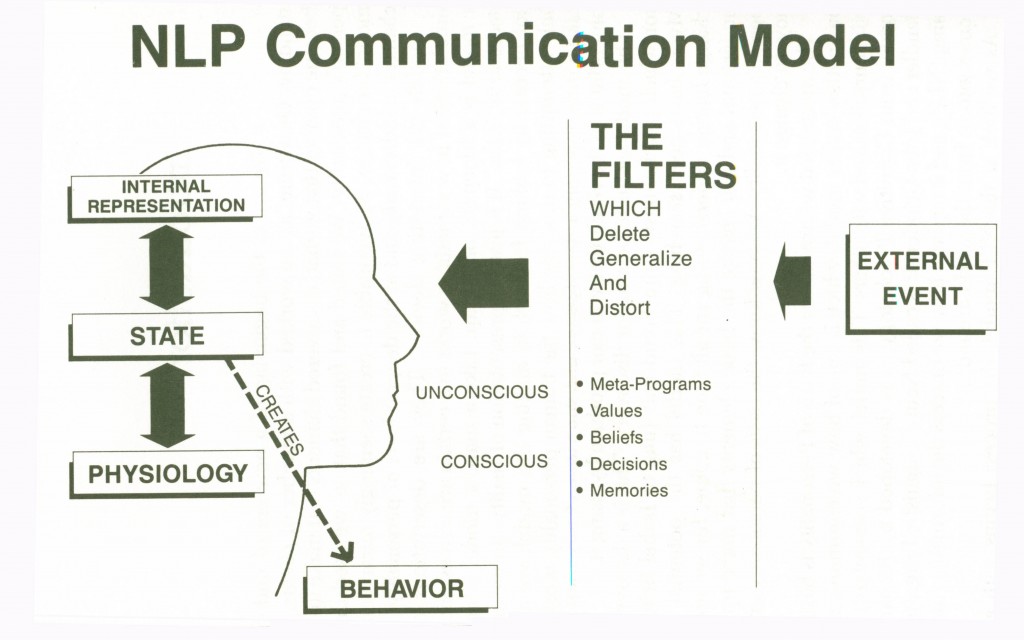 The quality of communication largely depends on the correct copying of movements, facial expressions, facial expressions, intonation. Mirroring actions builds trust. If, when talking with the boss, nodding his head in agreement, he will not forget to note the merits in the work with a bonus.
The quality of communication largely depends on the correct copying of movements, facial expressions, facial expressions, intonation. Mirroring actions builds trust. If, when talking with the boss, nodding his head in agreement, he will not forget to note the merits in the work with a bonus.
Deposit Trap Technique
The secret of influence is based on suggestion. If you force an employee to invest energy and knowledge in a business, he feels involved in the process and does not want to give it up. If the costs of resources are insignificant, but the person is convinced of their value, the person tends to invest more in the project.
NLP methods of influencing clients
Results are more effective when purposefully creating conditions for the implementation of ideas. In psychology, various techniques are used to help win over competitors and customers in communication. To do this, use one or several methods at once. The main thing is that the interlocutor does not notice the suggestion.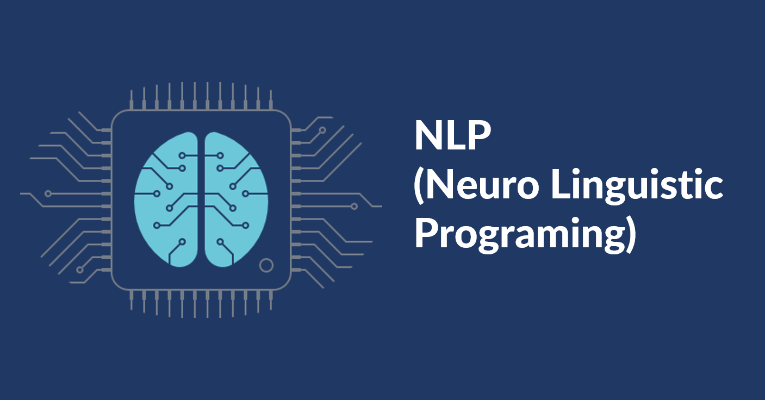
Mixed truth
When talking to people, NLPists use widely known facts. Having placed a person to themselves, they add information of dubious content. Having aroused unconditional trust, they bring to consciousness the necessary information, back it up with arguments that serve as an argument in favor of a purchase or service.
Reframing
Psitechnics involves rethinking words and shifting emphasis in dealing with difficult people. First, an evaluative word is identified, with its help they interpret the situation differently. For example,
- I can't make quick decisions.
- This is a plus - you will not make mistakes.
Framing
In the work, metal manipulations are used, dictating to people how to think. The meaning lies in the formulation and presentation of the text. The use of turns, vocabulary, metaphors, visual images, justifications causes a cognitive distortion of the psyche. An example of an NLP method of influencing a person: is the glass half full or empty? The meaning of the dilemma is the same, but the wording affects the perception of information.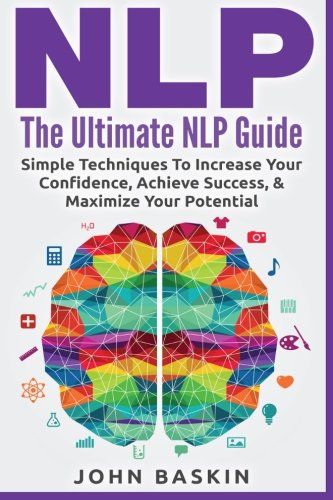 The meaning of the principle is fully consistent with the translation of the verbs framing "to frame" and "to frame" - "choose aspects of reality", and implement in communicative texts to increase the receptivity of the audience.
The meaning of the principle is fully consistent with the translation of the verbs framing "to frame" and "to frame" - "choose aspects of reality", and implement in communicative texts to increase the receptivity of the audience.
NLP methods for women
With their help, girls covertly manipulate guys without encroaching on freedom. Many use anchoring to gain consent. The reception involves the conscious installation of an imprint under certain conditions to launch the embedded program. After or during a sincere conversation, hands are placed on the shoulder or knees, hugged. The attempt is fixed several times. Later, when touched, it works like a trigger. The anchor can be: the smell of perfume, words, gestures, or all at once. The main thing is to impose it on a relaxed or peak emotional state. The smell of perfume, music, the interlacing of fingers for some serve as a signal for intimacy or relaxation.
Rapport
The method establishes a special connection in a couple, forms unconditional trust in a partner, a desire to help in everything.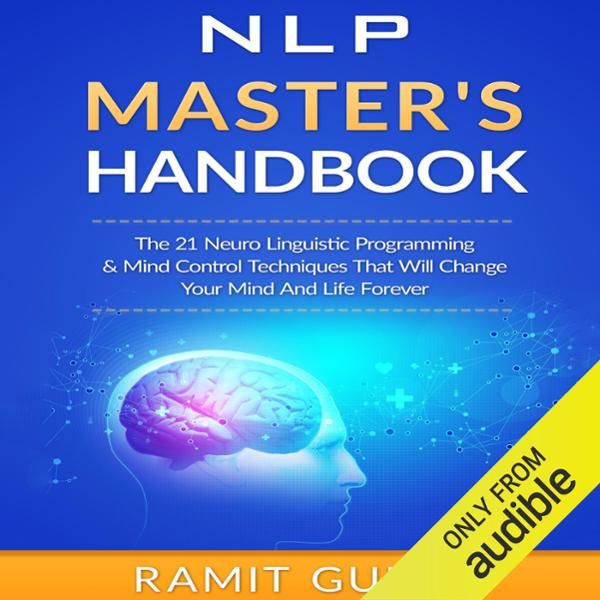 It is related to management and adjustment. Changing one aspect of the system affects the entire chain. Many people have noticed that when one person starts to yawn in a company, the others join him in unison. With the right rapport, it is difficult to understand who is the main and who is the follower. Common themes and interests intersect and form a collective field.
It is related to management and adjustment. Changing one aspect of the system affects the entire chain. Many people have noticed that when one person starts to yawn in a company, the others join him in unison. With the right rapport, it is difficult to understand who is the main and who is the follower. Common themes and interests intersect and form a collective field.
Plus-minus reception
Women often use this NLP method of influencing men at a distance of . It involves the use of certain words for contrasting emotions. To obtain consent, a person is provoked to negativity. After an emotional shake-up, they “caress” with compliments. He relaxes and becomes controllable.
Ways to covertly manipulate a partner
The basic rule in communication is the avoidance of the imperative mood, commanding tone in speech. The verbs “go”, “bring”, “don’t do this” are perceived by men as orders. It is better to formulate proposals in the form of a request:
– I started cleaning and by the evening I will be tired, could you help?
Rhetorical question:
- There is a meeting at work today.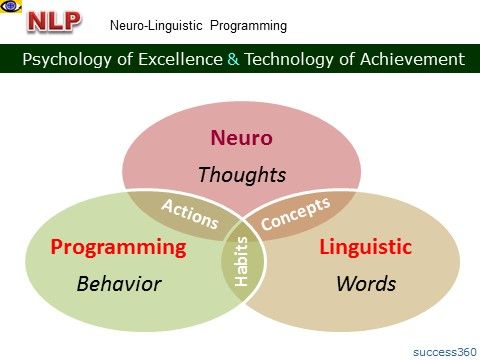 I don’t know who to ask to pick up the baby from kindergarten.
I don’t know who to ask to pick up the baby from kindergarten.
If the husband is going to once again spend a weekend evening with friends, an alternative is appropriate. An invitation to a presentation, tickets to a premiere or a sporting event outweigh any arguments.
Speech strategies when communicating with adolescents
When formulating sentences, psychology gurus recommend suggesting actions to choose from. The teenager believes that he himself decides and acts according to his own will, and parents easily control desires. “You can buy this or that brand of phone, but this model has better specs.”
Other NLP methods of influencing a teenager are the use of trap words in speech: "do you know that ...", "do you realize that ...", do you remember ...". Consciousness interprets them as a command: “Do you know that you are writing an essay today?”
Consent method
If you force the child to answer "yes", the negation of "no" disappears from the answers.![]() The main thing is to correctly formulate negative statements into questions that begin with “how”, to demonstrate positive intentions. Interest in the topic, asking leading questions on the basis of the meta-model helps to realize real goals, pushes to the right decision.
The main thing is to correctly formulate negative statements into questions that begin with “how”, to demonstrate positive intentions. Interest in the topic, asking leading questions on the basis of the meta-model helps to realize real goals, pushes to the right decision.
Three “yes” psychotechnics work flawlessly, provided there is no personal hostility or aggression. When a person is asked a series of questions that require a positive answer, he loses his vigilance and agrees to the main one. Manipulations end with a reinforcement method. Energy messages based on gestures, words, encouragement anchor behavioral, thought patterns, keep motivation. Methods are selected individually, focusing on the methods used and the psychotypes of people.
NLP what is it in psychology
What is NLP?
None of us are born with ready-made instructions for the operation of the brain. Despite this, there are effective ways to achieve what you want, both in work and in your personal life, using an intellectual resource.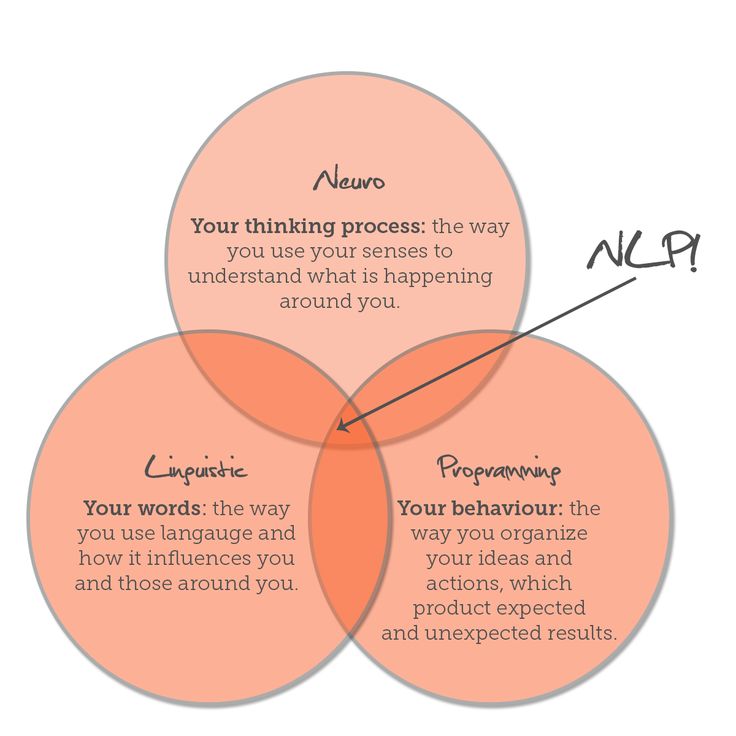 Follow your own dreams, conquer the heights, use the maximum potential of your personality. Remember that the only obstacle to your goal is yourself.
Follow your own dreams, conquer the heights, use the maximum potential of your personality. Remember that the only obstacle to your goal is yourself.
Neuro-Linguistic Programming (NLP) - a universal guide for the competent use of one's own resources in achieving goals. This is applied psychology, which allows you to understand how the mind works, how thoughts are formed and patterns of behavioral reactions are formed on their basis. Knowing these processes in detail, you can eliminate unnecessary behavior patterns that slow you down on your path to success.
Each of us has some degree of perfectionism. This striving for perfection is activated at a certain stage of life. NLP teaches to be excellent in everything, to be able to get ahead of rivals, subtly analyzing the motives of their actions. NLP directs a person to achieve perfection. By exploring the relationship between neurological processes, language, and experiential behavior, science provides clear guidelines for action.
In a literal translation, the abbreviation NLP includes several concepts. Among them:
- Neuro - refers to brain processes, contains the principles of collecting information from the outside world using 5 main channels associated with the senses.
- Linguistics - the study of linguistic features. This is the transformation of information received from the outside, passed through the filter of internal understanding of events and phenomena, expressed in the structure of the language.
- Programming - a way to control everyday activities, interpret behavioral features, choose ways to transform reality.
NLP is a set of tools for personal change and development. Science offers ways to understand the world, the people around us, effective methods of transforming the environment for faster and easier achievement of goals. This is the removal of non-working patterns of behavior, techniques for overcoming problems, difficulties, ways to reduce stress.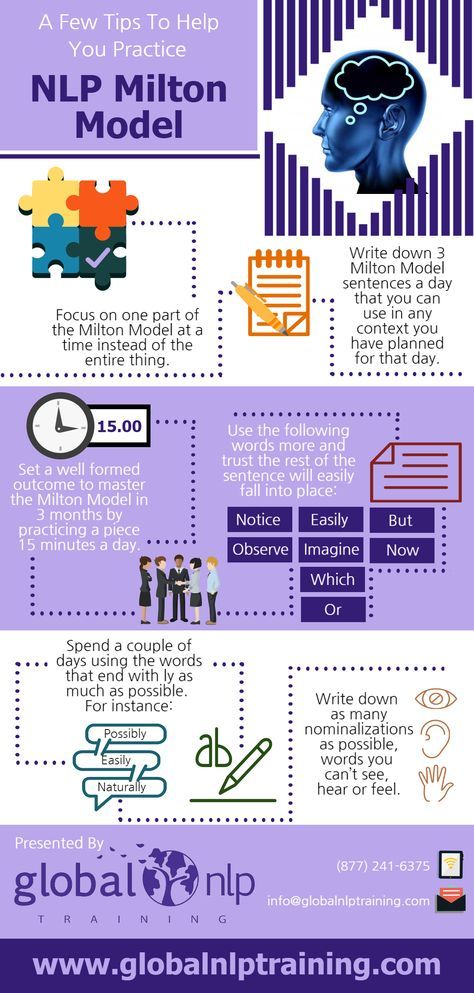
A Brief History of NLP
Neuro-Linguistic Programming officially began in California in the 1970s, although the roots of the philosophical practice stretch back to the anthropology of Gregory Bateson (1904-1980) and the linguistics of Noam Chomsky (born 1928). The teaching was revived within the framework of the study of therapeutic processes, when one of the founders of NLP, Richard Bandler, became interested in why some therapists are more effective in their practices than others.
The scientist deciphered the recordings of the sessions of Virginia Satir and Fritz Perls. John Grinder helped transform these transcripts using his linguistic expertise. In the course of the work, "intervention" models were discovered, which were later coded into the first NLP tool, called the Meta-model.
The next step was to study the techniques of Milton Erickson, a famous hypnotherapist. His actions only confirmed the power of the Meta-model and gave grounds for the selection of the second NLP tool - the Milton model.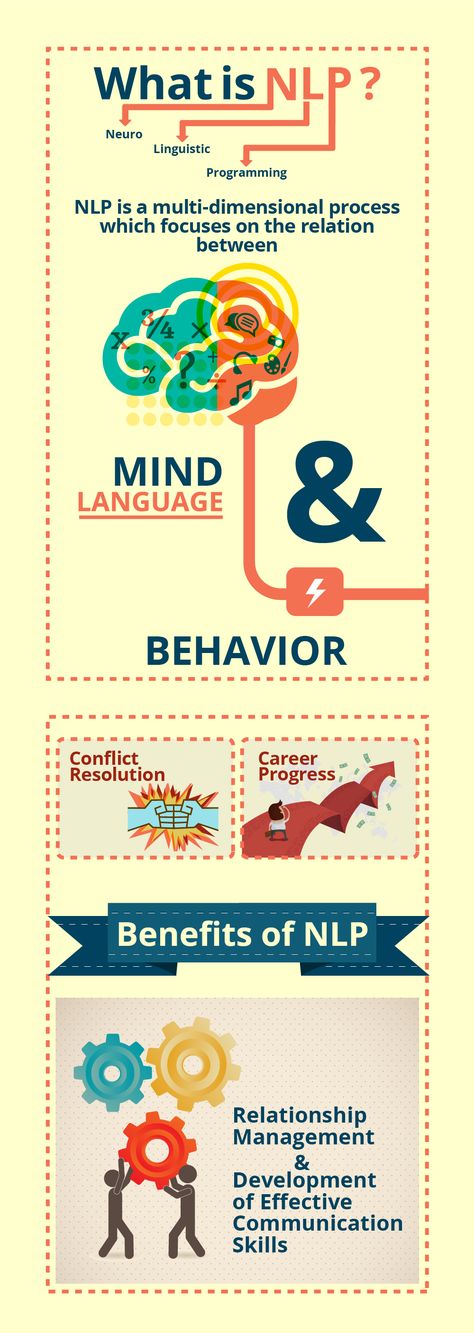 Starting as a psychotherapeutic practice, NLP has steadily grown into a trend. And its founders began to improve and increase their knowledge, using the method in business, politics, sports.
Starting as a psychotherapeutic practice, NLP has steadily grown into a trend. And its founders began to improve and increase their knowledge, using the method in business, politics, sports.
Science is truly amazing. It harmoniously combines a lot of knowledge - from cybernetics to therapy focused on the human psyche. Eminent figures such as Robert Dilts, Judith de Lozier, Stephen Gilligan, Steve and Connie Rae Andreas created a number of powerful patterns and techniques.
Not without criticism. For the first time, negative reviews of NLP appeared when people who own the technique began to reach incredible heights in sales methods and hypnotic influences. Despite this, the method has evolved. It was mainly used to improve people's lives, increase their level of success and efficiency.
What is NLP?
Have you ever thought about what you lack in achieving your desired goals? Most likely, it's about habits and excuses that you don't want to fight. NLP practitioners use language to break down the mental barriers we unconsciously create for ourselves. Because of this unique capability, NLP is considered one of the most useful and accessible tools in modern psychology.
Because of this unique capability, NLP is considered one of the most useful and accessible tools in modern psychology.
NLP teaches people to adapt to changing conditions, to transform reality in order to live the life they dream of. The coach works with the client to encourage them to leave their comfort zone. Breaking down barriers and being able to choose the best path leads to a fuller and happier life.
Although Neuro-Linguistic Programming is a vast and complex technique, the fundamental ideas behind the science can be divided into three parts:
- Subjectivity - based on the understanding that everyone has a unique perspective on the world we live in.
- Cards - the belief that our own worlds consist of complex territories and boundaries that are attracted to a person as his personal growth.
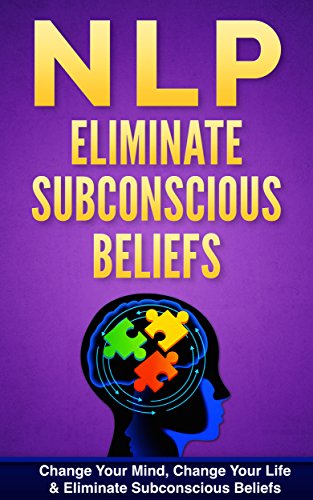
- Language - every person has the right to transfer and transform their territories and borders with the help of control systems. The most influential system to which we have unlimited access is our language.
NLP and subjectivity
Imagine the following situation: two people turned out to be superfluous at their jobs. Due to lack of work, they were forced to leave their area of residence to look for new opportunities. Face A was initially upset by the unexpected changes, but got used to the idea of looking for alternatives. He spent most of his free time looking for a new home, establishing new social contacts and connections. As a result, it turned out that the new job gave less income compared to the previous one, but at the same time, utilities came out more economical by buying a house in another city, so there was money for excesses and even luxury items. After examining the situation from all sides, person A realized that he had managed to turn a potential blow to his own well-being into a new positive experience.
In contrast, person B did not succeed. Being fired from his workplace was a blow to his pride, self-esteem, so he felt that a new job (of a lower rank) was a clear sign of failure. This loss of self-confidence caused a certain distraction from the processes taking place around. Person B was not ready for the next step in his life. He cherished the feeling of sadness for a long time, so he made a quick decision to buy a house when a good offer, in his opinion, turned up. As a result, it turned out that the house is much smaller than the previous one, it has many shortcomings upon closer examination. Having experienced another failure, person B feels lonely and angry in the situation where he finds himself.
The moral of this story is that no matter what happens to a person, you need to look at the situation as an experience that teaches. The only obstacle on this path is the difficulty in changing the point of view and vision of the surrounding world.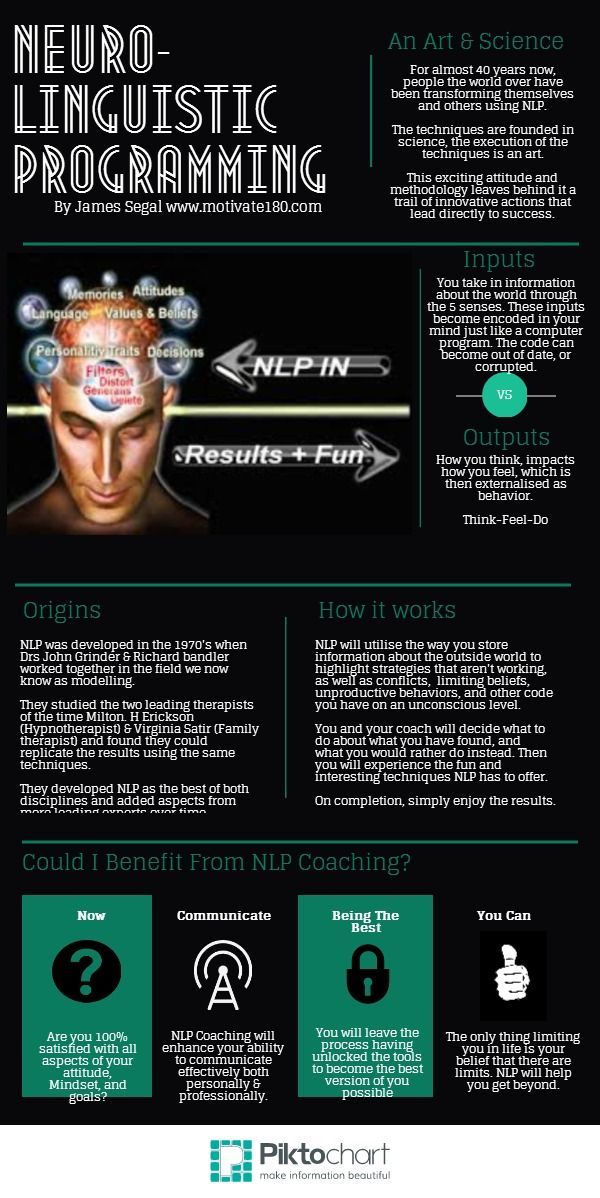
NLP cards
Neuro Linguistic Programming cards, also known as models, are the next component of a complex technique. The idea is that each person has a unique map that marks the path of life. NLP practitioners use the idea of a map to illustrate how we can view representations of our own world.
To put it simply, you can think of it as if we wear glasses that only show certain parts of the world. Even if two people stand next to each other, testifying to the same event, both tell different things based on experience and personal perception of reality. Each of these people brings their own experience out of the situation. Whether we know it or not, every event in our lives affects our future . These are the beliefs, behaviors or decisions we make. Understanding this is fundamental. The practicing NLP master uses the technique to understand why his clients return to the same events, get stuck in the same life rut. He skillfully traces those points that prevent a person from moving into the future, from being effective.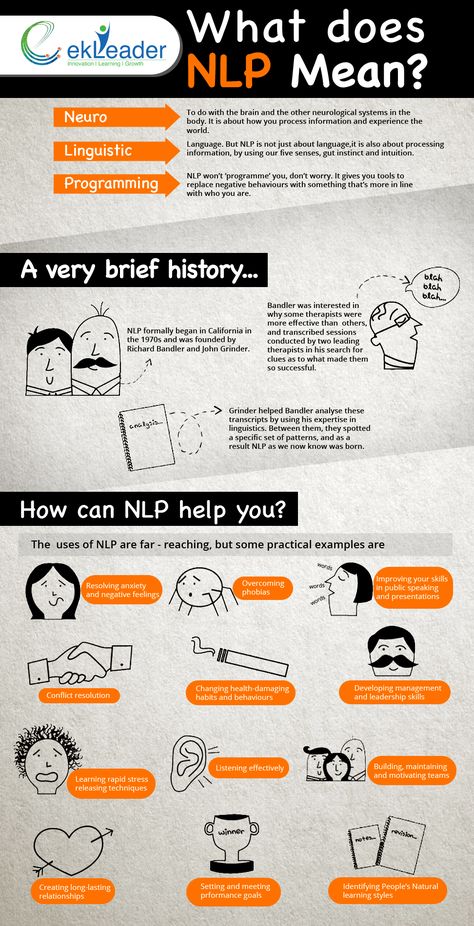 These can include a harsh rejection, personal loss, public embarrassment, and more.
These can include a harsh rejection, personal loss, public embarrassment, and more.
Language and NLP
The ultimate theory behind NLP training is that a person doesn't need to frame our maps by programming internal control systems. Language gives us a unique opportunity to formulate, express and communicate thoughts to others . It structures our world, and the semantic content and associative connections not only describe, but also form reality in the space around us.
By changing language usage practices, a person can push the boundaries of their maps and take the first steps to initiate the changes they are striving for. Sometimes it is worth stopping and thinking about simple transcripts of words. For example, think about what the word “failure” means to you? For some people, this word represents disappointment, sadness, a feeling of heaviness in the stomach. These associations can be changed by associating the word with a new start in life, undertakings and life experiences. By changing words, one can come to an amazing ability to change and transform the perception of the world, one's own thinking.
By changing words, one can come to an amazing ability to change and transform the perception of the world, one's own thinking.
Coaching and NLP
People exchange feelings and sensations in different ways. Most of these feelings are actually conveyed unconsciously, through tone, pace of speech, facial expressions, body language, and words. NLP masters teach us to recognize these subtle, unconscious cues so that we understand how the people who interact with us feel. The trainer easily opens the client's mental map, works with it to move forward .
In practice, there are three most common types of restrictive beliefs that a person imposes on himself (his actions, deeds):
- Hopelessness;
- Useless;
- Helplessness.
People easily set themselves up for failure if they constantly wander in negative thoughts. Comments such as "I'm not good enough" or "Other people are better than me" limit your chances of success.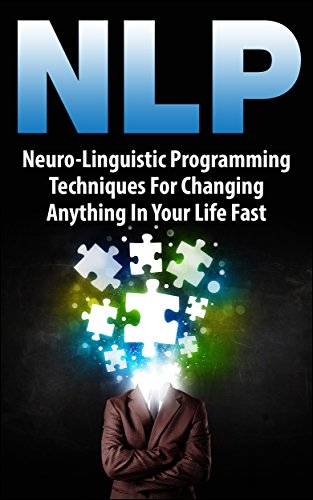 During NLP training, the trainer dispels negative beliefs by asking a series of simple questions:
During NLP training, the trainer dispels negative beliefs by asking a series of simple questions:
- Why do you think you don't deserve happiness or success?
- Why are you unable to achieve your goals?
- What is preventing you from realizing your dreams?
The answers to these questions help you identify the feelings that trigger your limited beliefs. The trainer then explores and challenges the limitations by changing the client's negative thoughts to positive perceptions of reality .
What to expect from NLP?
The methods used by different specialists differ significantly from each other. however, a standard NLP coaching session follows the same basic pattern. Initially, the coach learns what the client wants to change about themselves, as well as the problems that the person wants to overcome. Close attention is paid to how the client speaks, so further training is adapted to the responses received.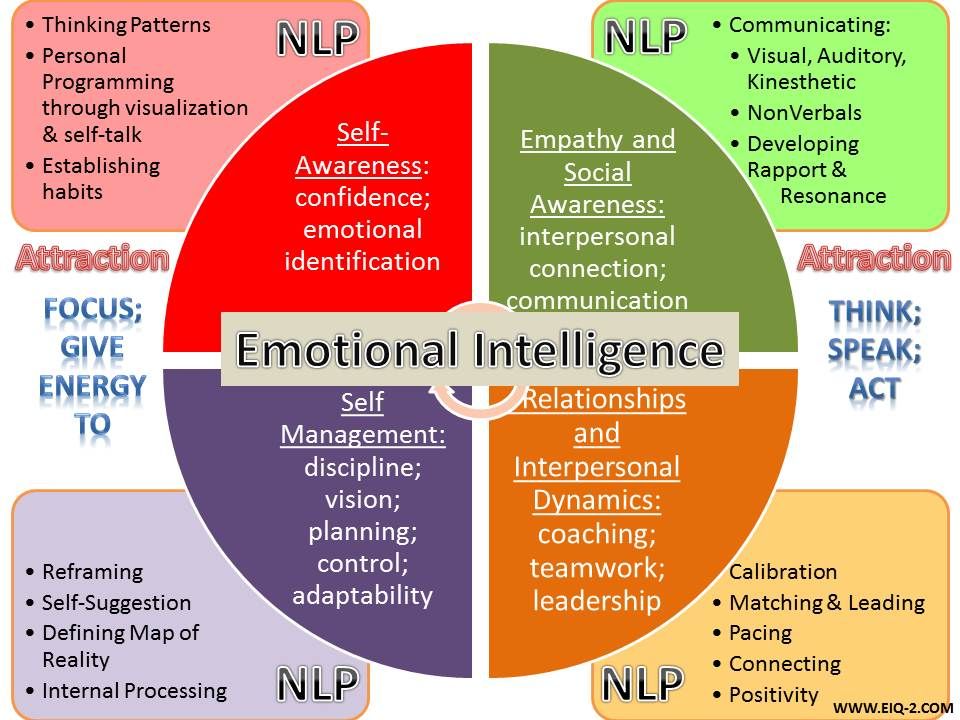
The coach performs a series of exercises with the participants in the training to determine the life map of each of them. By noticing hard limits, the coach activates the client's new thought processes to help push the boundaries of the map. At the same time, a person is given exercises with which he must work at home. This will help you get used to NLP methods faster. While major neurological changes will occur during training sessions, additional time may be required to assimilate them. This is necessary in order for the received techniques to work just as effectively when the client returns to everyday life.
The NLP Master may ask you to write down your own feelings before, during and after the session. This will help to better understand the results achieved in the process of work. It is necessary to clearly record all changes after the start of training sessions. When these things are realized at a deep level, the client becomes ready for the beginning of changes.
It is believed that NLP is popular because of its focus on the future. However, it is not. Technique works in the field of researching human capabilities, methods of forming decisions made by him, using the experience of past years. NLP coaching is all about adding new facts: opportunities to expand perception in a positive way that occur in the life map of specific people.
Very often neuro-linguistic programming is considered as a set of specific tools for the mind, but this concept is much broader. The Teaching transforms all areas of life. At a minimum, NLP technologies will help you deal with the following situations:
- Anxiety and Stress - Coaching is effective in dealing with feelings of stress and anxiety, as it identifies the thought patterns that put pressure on the psyche. Once these unconscious images are recognized, they can be challenged.
- Health and Wellness One of the most important ideas behind NLP is that the mind and body are intimately connected.
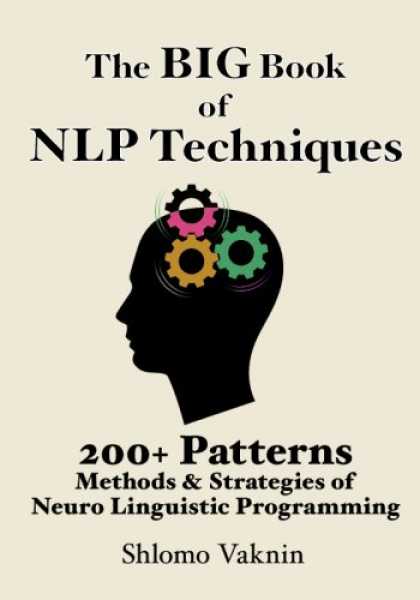 When performing certain exercises, a person experiences positive mental and physical energy. By improving our understanding of the world, we thereby improve our health and well-being.
When performing certain exercises, a person experiences positive mental and physical energy. By improving our understanding of the world, we thereby improve our health and well-being. - Fears and Phobias - NLP is well known as a way to help people deal with fears, phobias, and fears. As in the case of anxiety, the technique helps to uncover the thought process in the formation of irrational fear. Technology is changing the way of thinking in such a way that yesterday's horror ceases to be such, changing into things that are ridiculous to be afraid of.
- Relationships are based on communication. Problems arise when people do not express their emotions, do not communicate their discomfort or happiness. NLP helps a person to better know how to communicate with a high degree of efficiency. Understanding the feelings of another person allows you to understand that people can have different views on life. No opinion is right or wrong. Through Neuro Linguistic Programming, trainers develop empathy skills in people that help them build strong, lasting relationships.
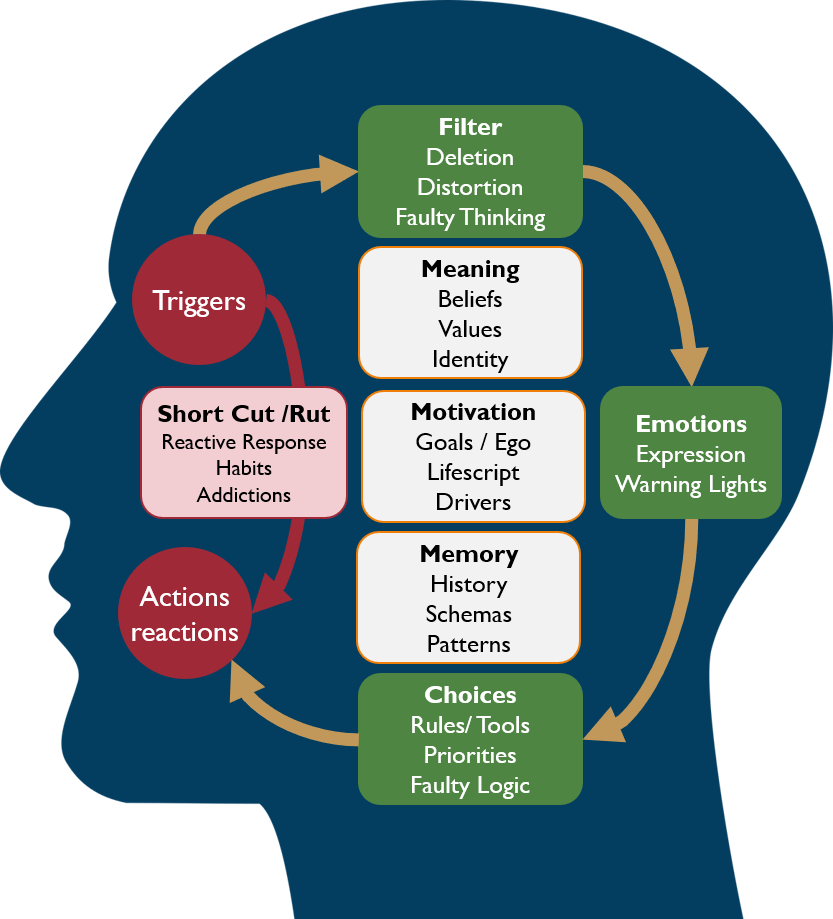
- Confidence - People often take NLP courses to alleviate their own fears and limitations. The methods used help a person to break old stereotypes and habits in order to open up new opportunities. NLP increases a person's confidence by teaching them to make decisions based on their dreams rather than their limiting fears.
- Business - technology is an excellent tool in understanding people, ways of communication and methods of interaction. Learning these basics helps a person improve his basic skills, empathy needs, which makes it effective to negotiate with colleagues, employees, partners, company managers.
NLP for personnel management
Many programs use NLP as the basis for implementing learning interventions. Coaches and coaches find NLP to be a powerful tool for:
- Understanding and communicating non-verbal messages;
- Language template substitutions;
- Development of mutual understanding;
- Creating an atmosphere of unlimited possibilities.
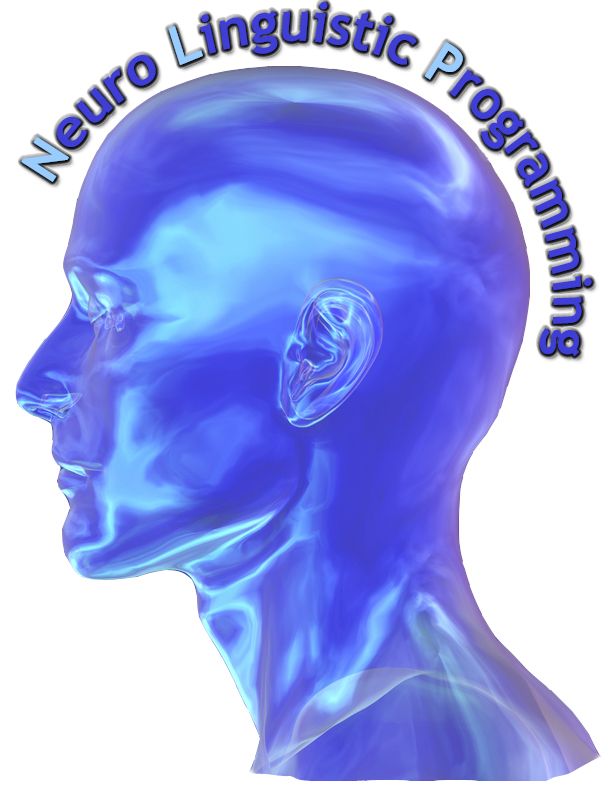
- Implementation of changes in the consciousness of participants in the learning process.
The method is recommended for managers to achieve effective interaction with employees of the department entrusted to them. The technology helps to better understand the communication style of the surrounding people, set clear achievable goals, without wasting energy on the formation of “castles in the air”. Techniques contribute to the creation and maintenance of a motivational environment, an atmosphere of understanding by staff of the values of the organization, work priorities, comparing them with their value orientations.
______________________________
Brief summary
NLP is the most natural way to understand how to make choices and get favorable results. We invite you to take the Neuro-Linguistic Techniques course in accordance with your goal of transforming your own map of the world into an efficient model of unlimited possibilities.